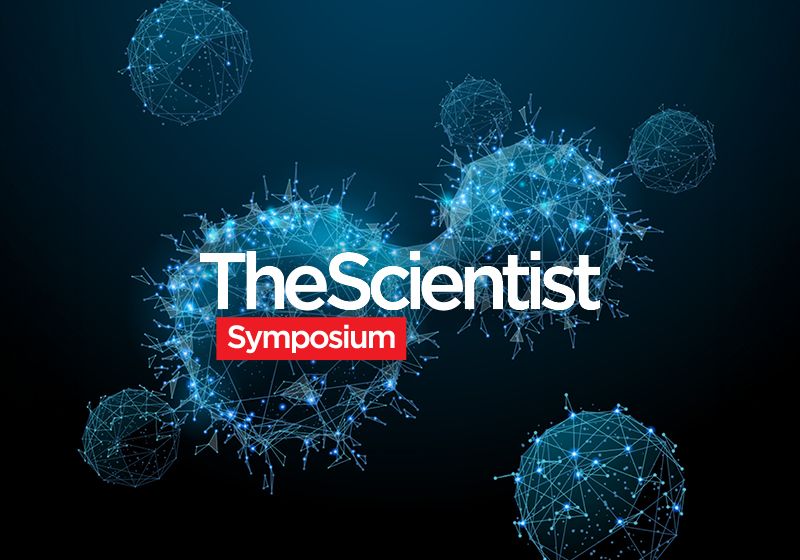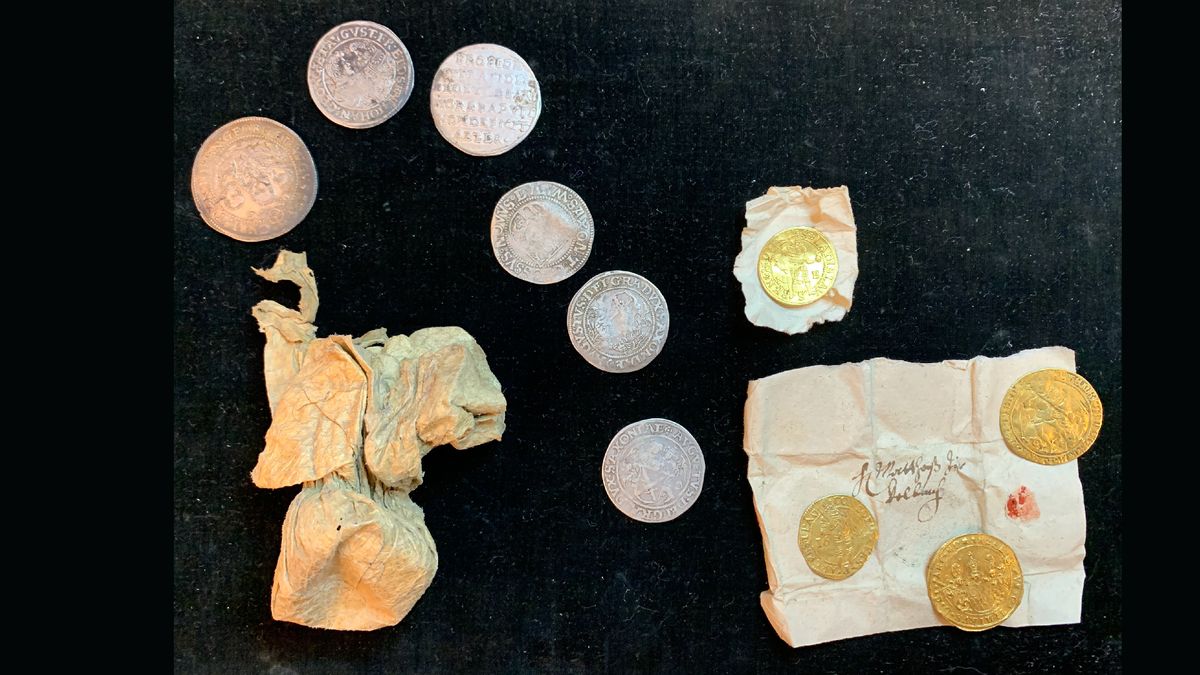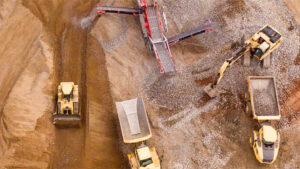
As the pace of global environmental change quickens and the attendant impacts deepen, geoscience knowledge and education grow ever more critical for understanding and resolving challenges arising from human modification of the Earth system.
Yet geoscience educators face challenges beyond just teaching the science of global planetary change. They should also be communicating how different communities are disproportionately affected by such change and illuminate the intra- and intergenerational equity implications of these impacts. Prevailing educational paradigms in the geosciences today focus on the first of these challenges but often neglect the latter two.
This failure to emphasize equity and environmental justice in geoscience instruction diminishes how students perceive the relevance of science in their lives.
This failure to emphasize equity and environmental justice in geoscience instruction diminishes how students perceive the relevance of science in their lives. Students may wonder, for example, why some of them live in neighborhoods that routinely flood during severe storms while others live in neighborhoods that never experience such disruptions or why air pollution and urban heat are experienced disproportionately by low-income and otherwise marginalized communities [Hsu et al., 2021].
Answering these whys and illuminating the relevance of geoscience for students require individual educators to take responsibility for explaining how their science bears on past and present environmental injustices and how it can influence the search for solutions. Moreover, it is critical for educators to recognize that history matters because it often establishes the preconditions that allow present-day inequalities to exist and persist.
Teaching case studies of environmental injustice offers a way to tie history and science together and engage students by speaking to their lived experiences.
Slow on the Uptake
Why haven’t geoscience educators incorporated environmental justice into their courses? To be fair, some have. Stanford University has offered an introductory-level course on the “Geoscience of Environmental Justice,” for example, and I teach a similar course at Central Connecticut State University. And upper-division courses at Princeton and the University of Texas at Austin have investigated water quality in neighboring communities. However, such efforts have yet to catch on broadly in geosciences departments.
The reasons for the slow movement toward integrating environmental justice in geoscience classrooms aren’t entirely clear, but the movement is consistent with the glacial pace at which the geoscience community as a whole has recognized the significance of environmental justice. The inertia may stem from the long-standing and well-documented lack of diversity among students, faculty, and professionals in the discipline, perhaps perpetuated by structural barriers to participation.
In 2021, Robert Bullard, the “father of environmental justice” and author of 18 books and numerous articles on the subject, addressed attendees at AGU’s Annual Meeting. Following his remarks, Susan Lozier, then president of AGU, acknowledged that it had “taken AGU 100 years to invite someone like you to come in and talk to us about how environmental justice requires racial justice.” An encouraging sign of change is that environmental justice was prominently featured again at AGU’s Annual Meeting just 3 years later, as community activist Sharon Lavigne recently addressed attendees about her work on behalf of communities suffering from industrial pollution in Louisiana.
Along with a lack of diversity, the geosciences have a history of failing to recognize and teach that impacts of environmental change burden some communities more than others. In the United States and elsewhere, socioeconomically disadvantaged and historically marginalized communities have experienced injustices related to pollution, water quality, biodiversity loss, and more.
Without geoscientists documenting and studying the changes in these areas, community members are less equipped to defend themselves against the damages caused and to make decisions for their future security. But if students are not exposed to the past and present of these disproportionate outcomes, the geosciences may continue failing to recognize and address the needs of overlooked communities.
A Case-by-Case Basis
Examining case studies is a powerful and relevant way to demonstrate how geoscience is as intrinsic to understanding a community as its history, politics, and socioeconomic conditions.
How should the geosciences meet the need for engagement? In the absence of systemic curricular changes, educators themselves must take up the obligation of incorporating conversations about justice and equity into their classrooms. Examining case studies is a powerful and relevant way to demonstrate how geoscience is as intrinsic to understanding a community as its history, politics, and socioeconomic conditions.
Teaching environmental justice–embedded case studies comes with significant challenges. For one, it requires a willingness among instructors to explore possibly unfamiliar issues such as zoning, land use, civil rights legislation, and environmental law.
Learning about these topics and updating course itineraries to include case studies takes time, typically a scarce commodity for educators. In my experience, however, the payoff can be considerable, and helpful resources exist. These resources include key documents in the environmental justice literature focusing, for example, on its historical development [Bullard, 2001; Taylor, 2000] and legal principles [Kuehn, 2000] and on the impact of zoning and redlining practices [Rothstein, 2017]. Further, I found conversations with environmental justice experts, including representatives from state government, the regional EPA office, academia, and advocacy groups, informative and inspiring in designing my course. Such experts may sometimes volunteer their time as guest speakers, providing another valuable resource for faculty beginning to engage in environmental justice instruction.
Educators must also recognize that much environmental education has been politicized [Hursh et al., 2015] and that the potential exists for difficult and uncomfortable discussions of race, ethnicity, and justice. Indeed, many people, both within and outside the educational system—from school administrators, other faculty, and even students, to education boards, policymakers, and parents—may claim that such topics lie outside the purview of geoscience instruction, which puts pressure on educators. Efforts in a number of states to restrict how topics such as racism can be taught, for example, can make instructors hesitant to discuss environmental justice. I’ve found myself mindful of my choice of words at times, especially in describing the historical basis for contemporary patterns of disproportionate environmental impacts.
Another obstacle is the shortage of instructional materials, especially environmental justice case studies, that can be seamlessly integrated into preexisting syllabi. For example, although excellent textbooks addressing air and water pollution, toxic wastes, and other issues related to environmental geoscience are readily available, rarely do these books include case studies involving marginalized communities.
If current textbooks lack suitable case studies, educators may need to build their own, potentially involving students to identify and research cases to share with their classmates.
Building a Case
Educators should look for examples that clearly illustrate how geoscience informs the cause of justice for communities affected by pollution, changing temperature and precipitation regimes, storms and droughts, or rising sea levels.
When developing or choosing case studies to feature, educators should look for examples that clearly illustrate how geoscience informs the cause of justice for communities affected by pollution, changing temperature and precipitation regimes, storms and droughts, or rising sea levels. Source materials can be found in existing research, online, and from news outlets, and typically, educators need not look far for examples of such communities.
A story of groundwater contamination that played out over more than 20 years in Dickson, Tenn., called “the poster child for environmental racism” [Bullard et al., 2007], provides a powerful example that I use to link geoscience with environmental justice. Developed by tying together court filings, online video (which includes emotional narration by the lead plaintiff), and published literature (including many nontechnical articles), this case study centers on the pollution of a karst aquifer by extremely toxic trichloroethylene (TCE) that leached from an unlined waste disposal site.
The Dickson narrative hinges on the interplay between important hydrologic characteristics of the karst aquifer, corporate malfeasance, regulatory failures, and racism. Prior to engaging with the case study, my students learn about the basic legal concepts of environmental justice, and they work through a groundwater module that focuses on differences between groundwater flow in typical aquifers versus in karst aquifers. The latter are characterized by the formation of solution channels and sinkholes that create direct connections allowing surface water, including contaminants, into the aquifer. Furthermore, flow within karst aquifers can be orders of magnitude faster than in typical aquifers, allowing pollutants to contaminate drinking water supplies with extraordinary rapidity.
Court filings document how state and federal regulators, as well as city, county, and state officials, acknowledged but ignored the threat posed by the TCE to rapidly contaminate the aquifer, from which both private and public drinking water wells were sourced. When wells were eventually tested, Black homeowners were told that their water was safe to drink, whereas white homeowners were promptly warned and provided with clean water. Successful lawsuits filed on behalf of the affected Black families eventually brought a measure of corrective justice.
Finding narratives that will engage students emotionally is another important part of choosing case studies.
Finding narratives that will engage students emotionally is another important part of choosing case studies. In the United States, such narratives can come from communities across the country:
- Educators can find cases in California’s San Joaquin Valley, where overpumped aquifers polluted by nitrates and arsenic render many poor, unincorporated, majority-Latino communities dependent on bottled water.
- They can turn to Alabama’s Black Belt, where poorly draining soils, coupled with extreme poverty and a history of racism and institutional neglect, create sewage problems that a United Nations investigator reportedly described as “unlike anything else he had encountered in the developed world.”
- They can look to parts of Appalachia, where poor, majority-white communities have also been affected by pollution and the loss of biodiversity as a result of mountaintop mining and valley fill [Palmer et al., 2010].
- Instructors can investigate how the legacy of environmental racism and toxic air pollution from petrochemical production in Louisiana’s Cancer Alley has resulted in higher risks of cancer among nearby low-income and minoritized communities.
- Source material could come from the work of U.S. Geological Survey geoscientist and Crow Nation member Margaret Redsteer, who has combined publicly available meteorological data with observations of tribal elders to document climatological changes threatening traditional Navajo Nation practices and culture [Redsteer and Wessells, 2017]. Students can re-create charts Redsteer has produced and watch video she narrated for a comprehensive view of overlooked environmental impacts on a historically vulnerable society.
Including interactive elements in case studies also helps engage students. Web-based mapping tools like EPA’s EJScreen, California’s CalEnviroScreen 4.0, and NOAA’s Community Environmental Justice Explorer can help students explore environmental justice topics such as climate gentrification and the vulnerability of coastal communities to rising sea levels and increased storm surge. Providing opportunities for students to collaborate in small groups, to respond to questions and draw conclusions, and to present their findings to classmates is another avenue for productive interactivity and engagement.
Bringing It Home
In 1997, geoscientist Jill Schneiderman wrote of her early work with geographic information systems and a community experiencing environmental injustice in Fort Valley, Ga., that “as a feminist and geologist I think that the role of scientists is to enable a disempowered community to make its argument” [Schneiderman, 1997].
Twenty-eight years later, as human alterations to the Earth system have been exhaustively researched and reported and the impacts of the warming climate are already upon us, the demand for embedding justice in geoscience has even greater urgency. Schneiderman’s observation is now echoed by many researchers, some of whom are, for example, urging the use of Earth observation technologies to support communities “struggling for environmental justice on the global commodity frontiers” [Segarra et al., 2024].
It isn’t enough to impart basic geoscience principles or to teach about planetary change and environmental justice in the abstract. We must reify these ideas by connecting them to students’ lives.
It isn’t enough, though, simply to impart basic geoscience principles or to teach about planetary change and environmental justice in the abstract. We must reify these ideas by connecting them to students’ lives. Considering the efficacy of place-based education, educators should think about where their students come from and consider case studies relevant to their lived experiences.
Many of my students have never traveled outside Connecticut, so I also teach case studies from places close to home. One example focuses on Hartford’s North End, where historical patterns of disinvestment and underfunding have led to repeated flooding and sewer backups—exacerbated by increasing rainfall totals—and where activists and neighborhood residents have successfully lobbied for sewer system improvements. Place-based learning examples such as this one not only teach science and history but also empower students to recognize that global issues can have local effects and that, in acting locally, they can be agents of change.
Upon completing a case study, I ask my students to reflect on what they have learned. Their responses, as with the Dickson County case, are often visceral—ranging from shock and outrage to disgust and sadness—and demonstrate their emotional engagement. However, they have also recognized that ordinary individuals within these communities have organized friends and neighbors to fight for justice. Many have said they now view their own neighborhoods from a different perspective, knowing that its history has directly affected the environmental setting they go home to each day.
In my experience, students want knowledge they can use—knowledge that may change their lives and even alter their way of thinking about the world. Those of us teaching in the geosciences, whether general education courses (which may be among the only science courses a student takes in their college education) or courses for majors, can show them that geoscience is part of the solution to inequity and injustice—and that individuals can make a difference.
Need other examples? You can choose from among the winners of the international Goldman Environmental Prize, who offer inspiring stories of “ordinary people who take extraordinary actions to protect our planet.” Or you can look for such people within your own state or community.
Today’s students face an environmental inheritance fraught with difficulties. At a minimum, we owe them the knowledge of both the needed science and surrounding societal context that will help them make wiser choices than preceding generations have in confronting these difficulties. At this intersection of familiar and unfamiliar, where society and science meet, real learning and progress begin.
References
Bullard, R. D. (2001), Environmental justice in the 21st century: Race still matters, Phylon, 49, 151–171, https://doi.org/10.2307/3132626.
Bullard, R. D., et al. (2007), Toxic Wastes and Race at Twenty: 1987–2007—Grassroots Struggles to Dismantle Environmental Racism in the United States, 160 + xv pp., United Church of Christ, Cleveland, citeseerx.ist.psu.edu/document?repid=rep1&type=pdf&doi=eefc3e9942853320f7f750158bec802e16e4f162.
Hsu, A., et al. (2021), Disproportionate exposure to urban heat island intensity across major US cities, Nat. Commun., 12, 2721, https://doi.org/10.1038/s41467-021-22799-5.
Hursh, D., J. Henderson, and D. Greenwood (2015), Environmental education in a neoliberal climate, Environ. Educ. Res., 21, 299–318, https://doi.org/10.1080/13504622.2015.1018141.
Kuehn, R. R. (2000), A taxonomy of environmental justice, Environ. Law Rep., 30, 10,681–10,703, ir.lib.uwo.ca/aprci/307.
Palmer, M. A., et al. (2010), Mountaintop mining consequences, Science, 327, 148–149, https://doi.org/10.1126/science.1180543.
Redsteer, M. H., and S. M. Wessells (2017), A record of change—Science and elder observations on the Navajo Nation, Gen. Inf. Prod. 181, video, 25 min., U.S. Geol. Surv., Reston, Va., https://doi.org/10.3133/gip181.
Rothstein, R. (2017), The Color of Law: A Forgotten History of How Our Government Segregated America, W. W. Norton, New York, wwnorton.com/books/the-color-of-law/.
Schneiderman, J. S. (1997), The common interests of Earth science, feminism, and environmental justice, NWSA J., 9(3), 124–137, https://www.jstor.org/stable/4316534.
Segarra, J., et al. (2024), The role of critical remote sensing in environmental justice struggles, Prog. Environ. Geogr., 3, 185–211, https://doi.org/10.1177/27539687241269331.
Taylor, D. E. (2000), The rise of the environmental justice paradigm: Injustice framing and the social construction of environmental discourses, Am. Behav. Sci., 43, 508–580, https://doi.org/10.1177/0002764200043004003.
Author Information
Gary A. Gomby (garygomby@ccsu.edu), Central Connecticut State University, New Britain







Leave a Comment